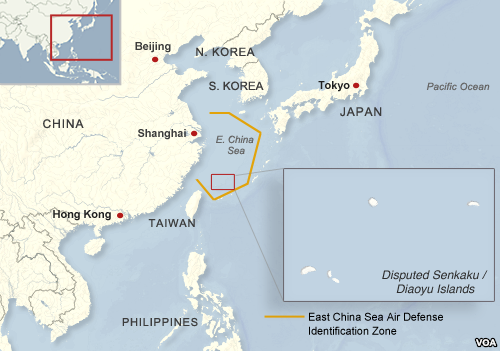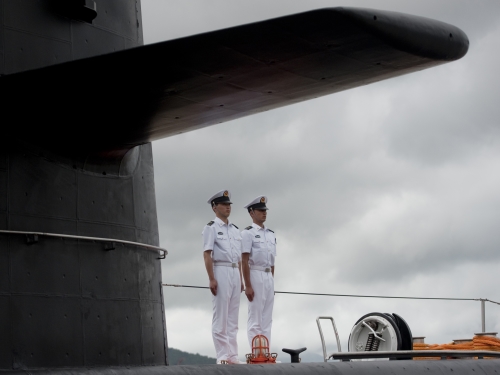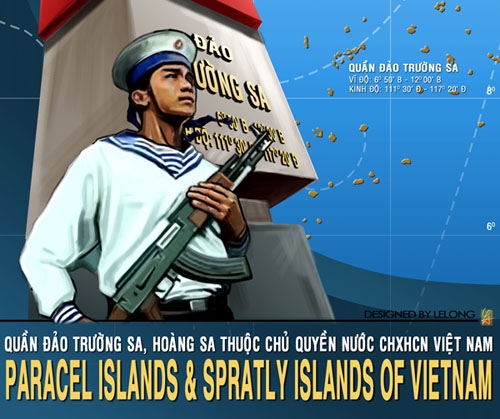
This article was originally published by War is Boring on 9 July 2016.
As the South China Sea heats up, one of Beijing’s most important tools — its Maritime Militia or “Little Blue Men,” roughly equivalent at sea to Putin’s “Little Green Men” on land — offers it major rewards while threatening the United States and other potential opponents with major risks.
When the Permanent Court of Arbitration in the Hague announces its rulings on the Philippines-initiated maritime legal case with China on July 12 — likely rejecting some key bases for excessive Chinese claims in the South China Sea — the Maritime Militia will offer a tempting tool for Beijing to try to teach Manila (and other neighbors) a lesson while frustrating American ability to calm troubled waters.
This major problem with significant strategic implications is crying out for greater attention, and effective response. Accordingly, this article puts China’s Maritime Militia under the spotlight to explain what it is, why it matters and what to do about it.




